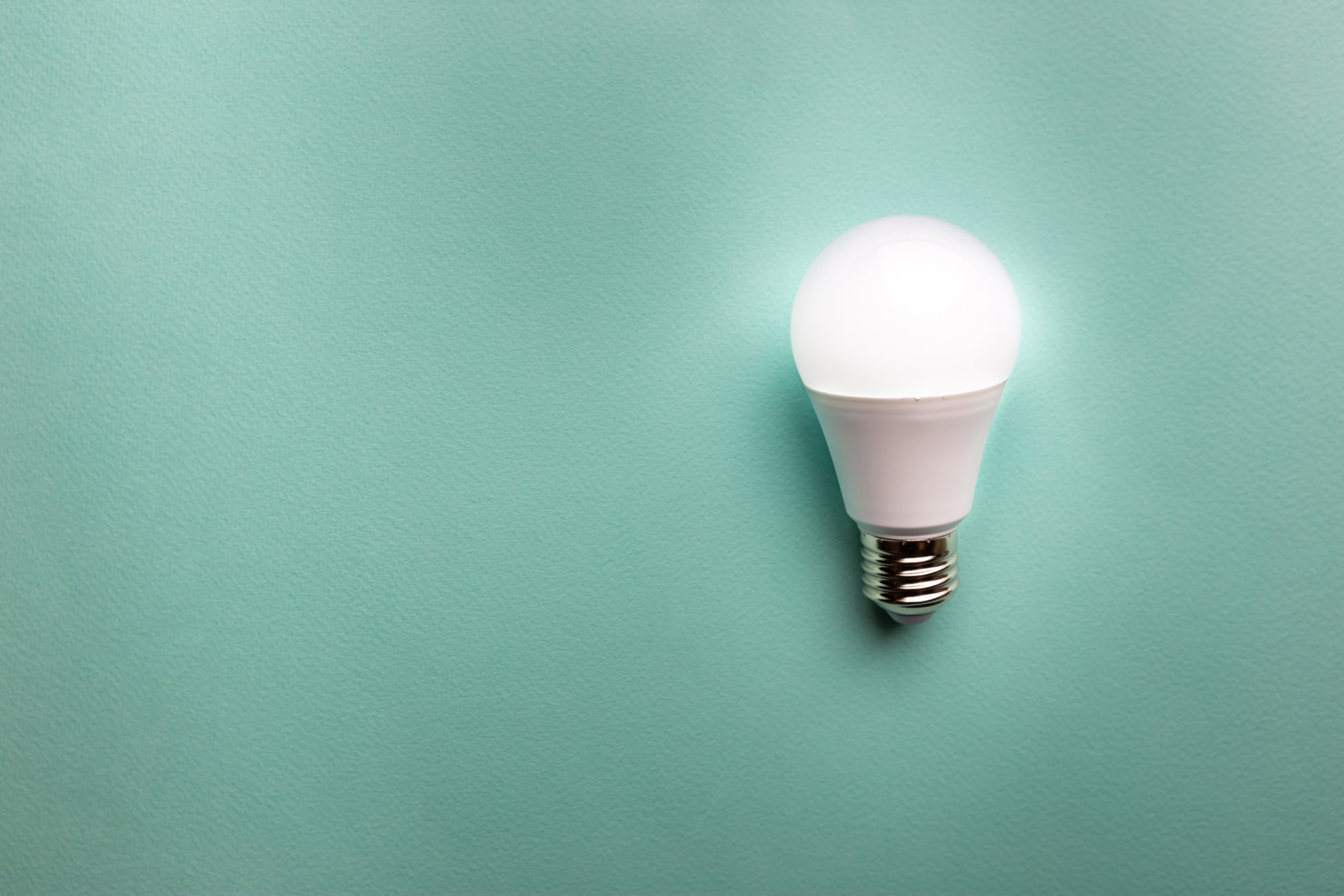LED CONCERNS, PT. 1
HOW I LEARNED TO STOP WORRYING AND LOVE THE BULB
Have you heard about the free LED lightbulbs you can get from electric utilities? If you haven’t, you’re not alone. In my last blog, I wrote about the history of utility rebate programs and the fact that they have a PR problem. But if you have heard of them and haven’t participated yet, you may have other concerns.
You’ve come to the right place! Not all of us can be early adopters; we want to know that something is safe and reliable first. To be clear, many green projects can be undertaken with the assistance of utility rebate funds. These smart programs are not limited to just energy saving lightbulbs. However, if you’re going to upgrade to LEDs, you deserve to know the basics regarding their health and safety. I’ve pulled together some common questions to provide you with some answers:
How Hot Do LEDs Get?
The truth is that while LEDs do put out some heat, they get much less hot than other types of lighting. The production of artificial light always involves some energy wasted as heat loss, but LEDs have a much lower heat output. According to myledy.com, LEDs do not typically exceed 50 degrees Celsius (or 122 Fahrenheit). Compare that to 130 Celsius for incandescent (that’s 266 Fahrenheit!)
Can an LED bulb get hot enough to catch on fire?
What about the risk of fire? Any time you’re using electricity and producing light, there is some amount of risk. It turns out, the main factor that would cause a light bulb (LED or otherwise) to catch fire is brittle wiring caused by – you guessed it – overheating.
A secondary fire risk comes from improperly using a bulb in an enclosed fixture when it was not designed to be used this way. Enclosed (and partially enclosed) fixtures can further limit the ability of a lightbulb to dissipate heat, either incandescent or LED. Effective heat dissipation is the main way that lightbulbs remain at a safe operating temperature. You’ll want to review the spec sheets for any LED to determine if it can be used in enclosed, or partially enclosed, fixtures.
As the saying goes, knowledge is power. LEDs are not perfect, but their benefits definitely outweigh the risks. Given that there is funding available from your utility to improve your home in many ways with LEDs – save energy, save money, and operate a lower-temperature and safer light fixture – I have learned to stop worrying and love the bulb.
If you have other questions or comments, please contact me at william@greenprojectsgroupllc.com.
Up next: LED CONCERNS, PT. 2

